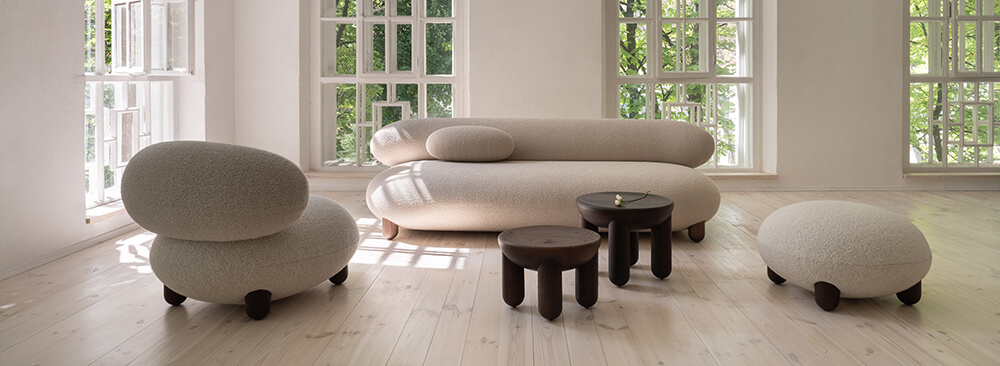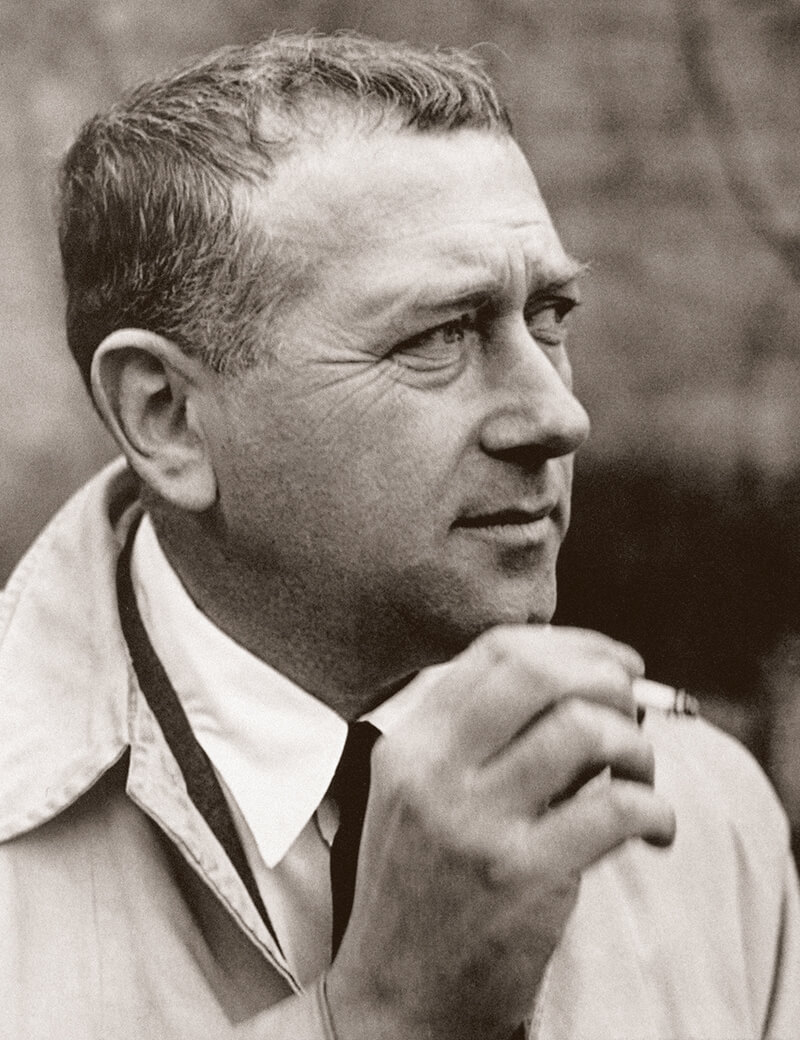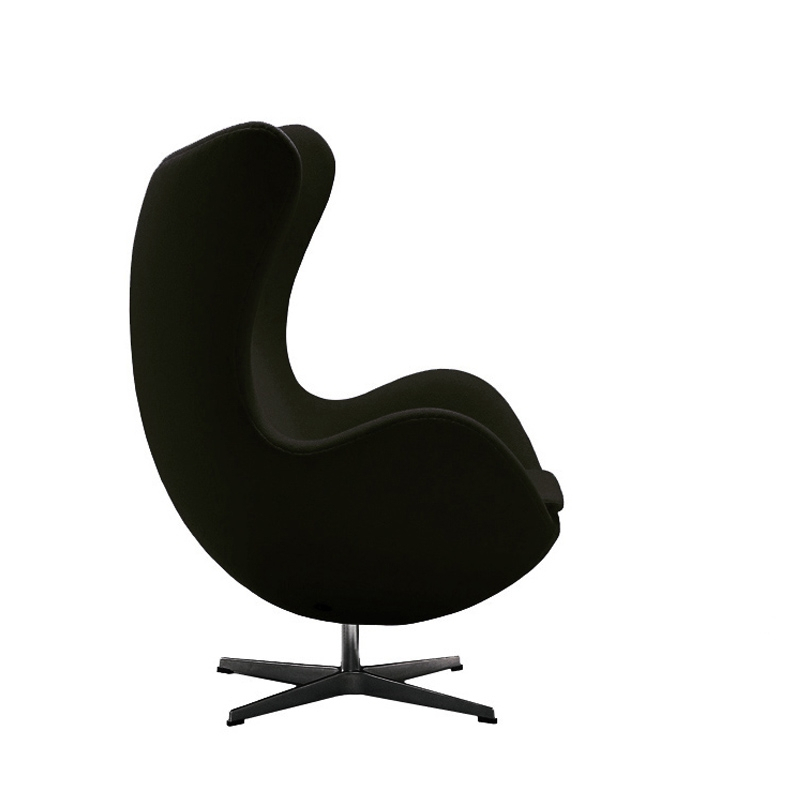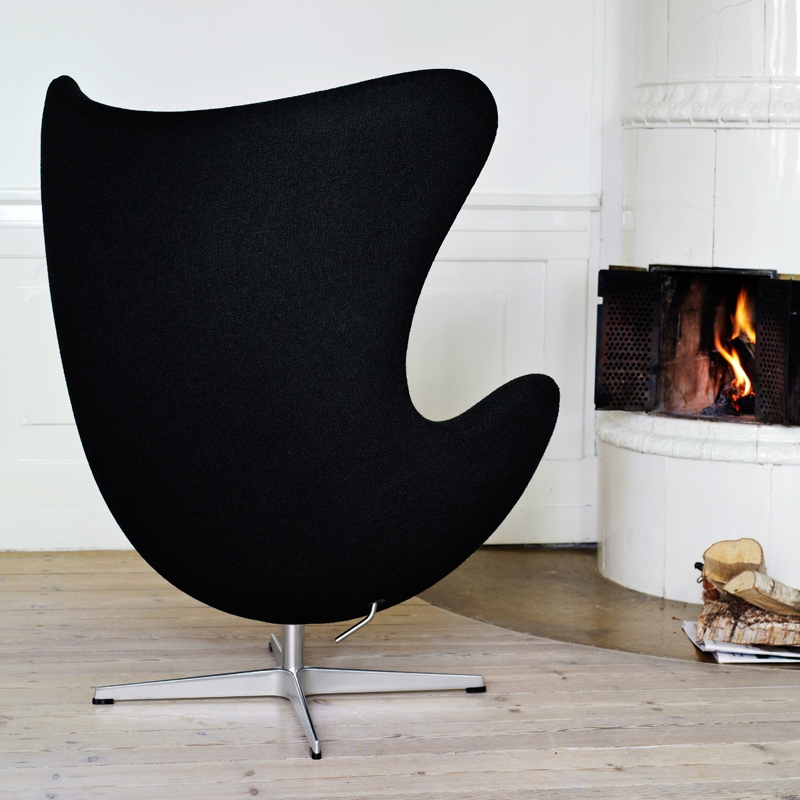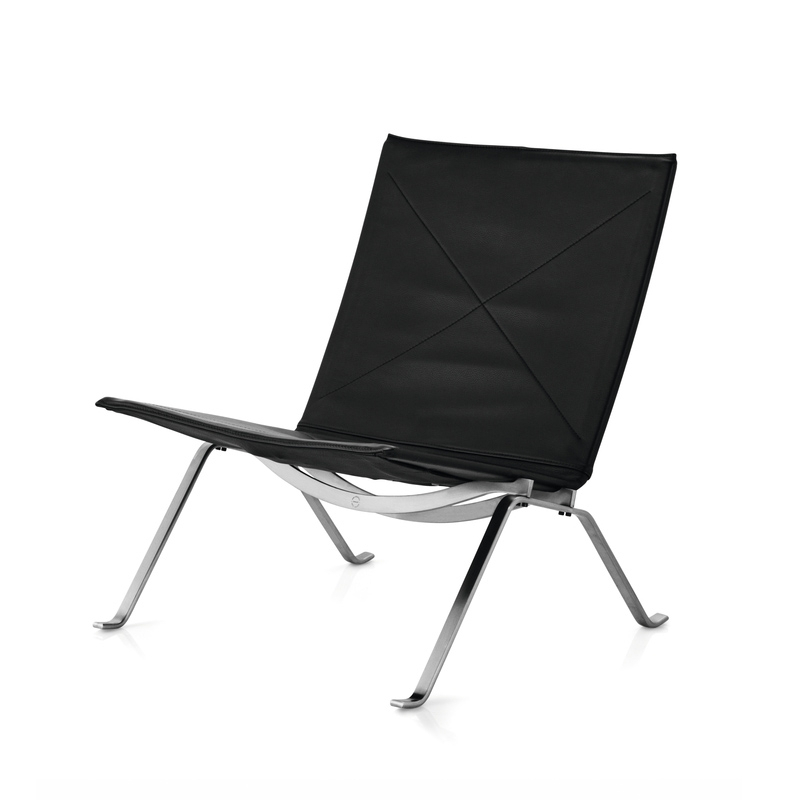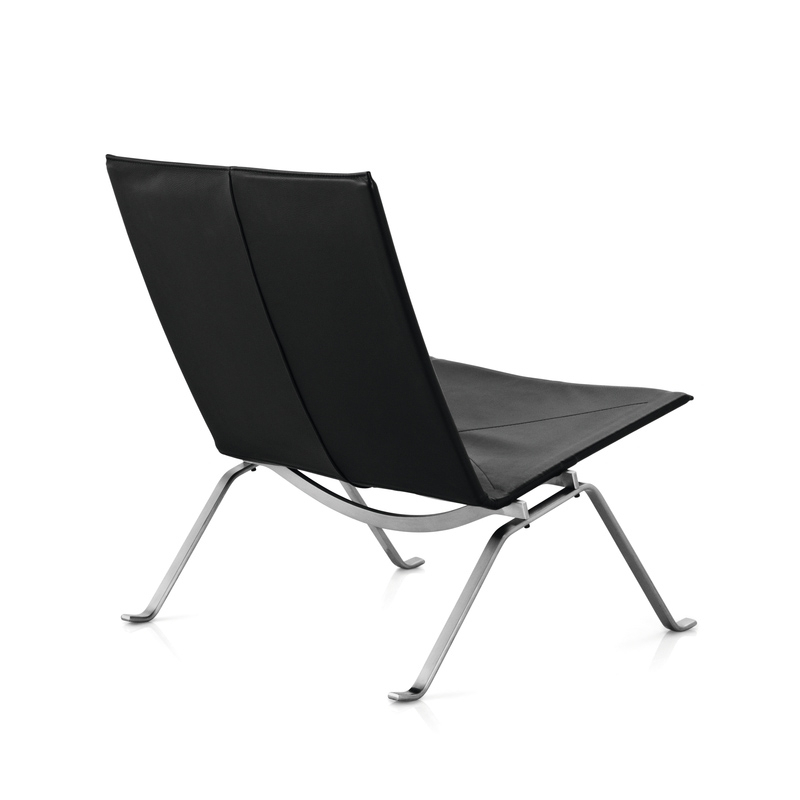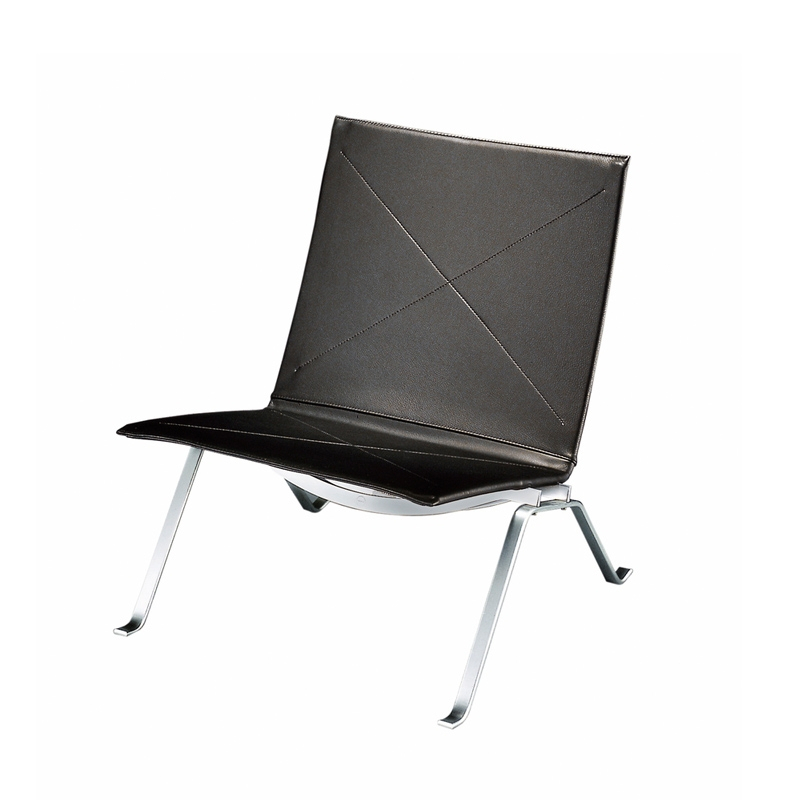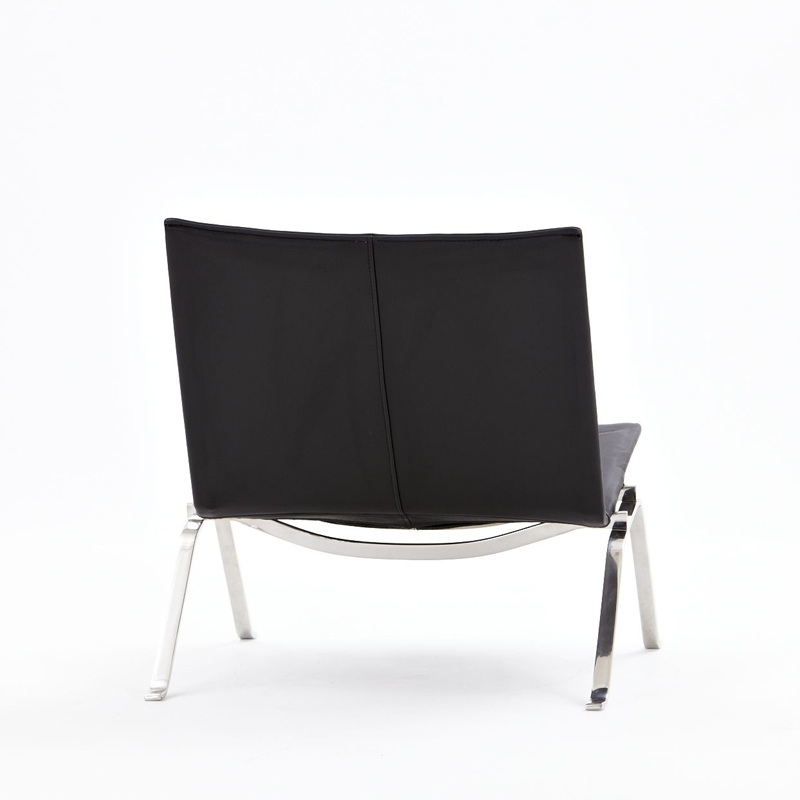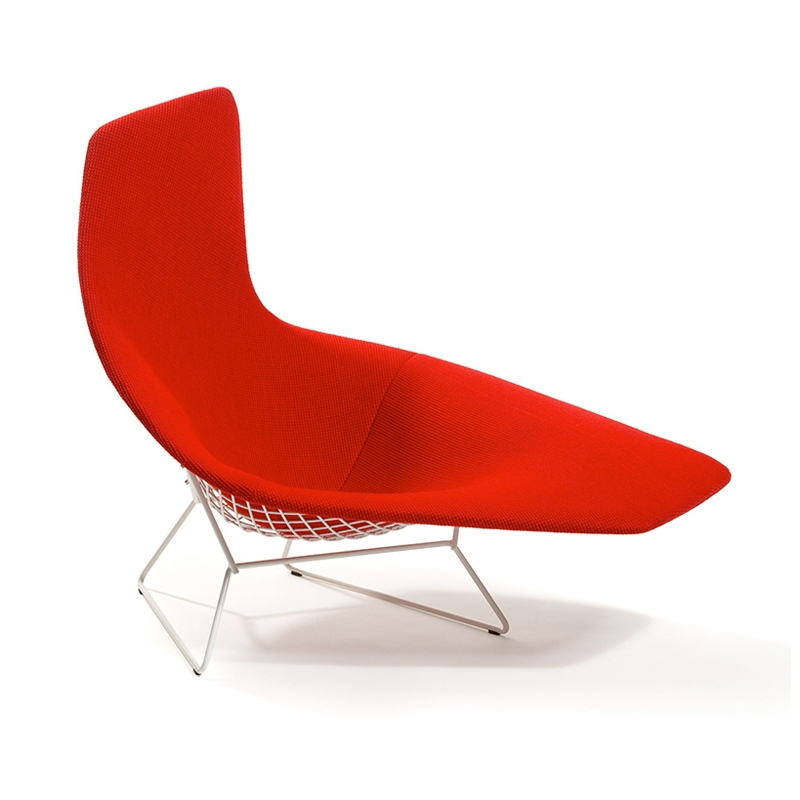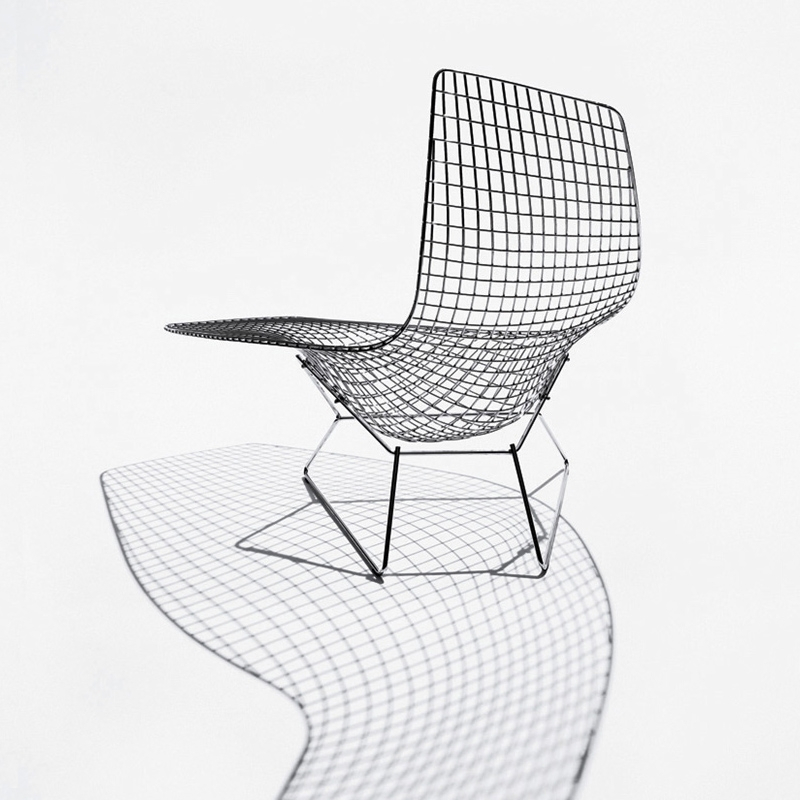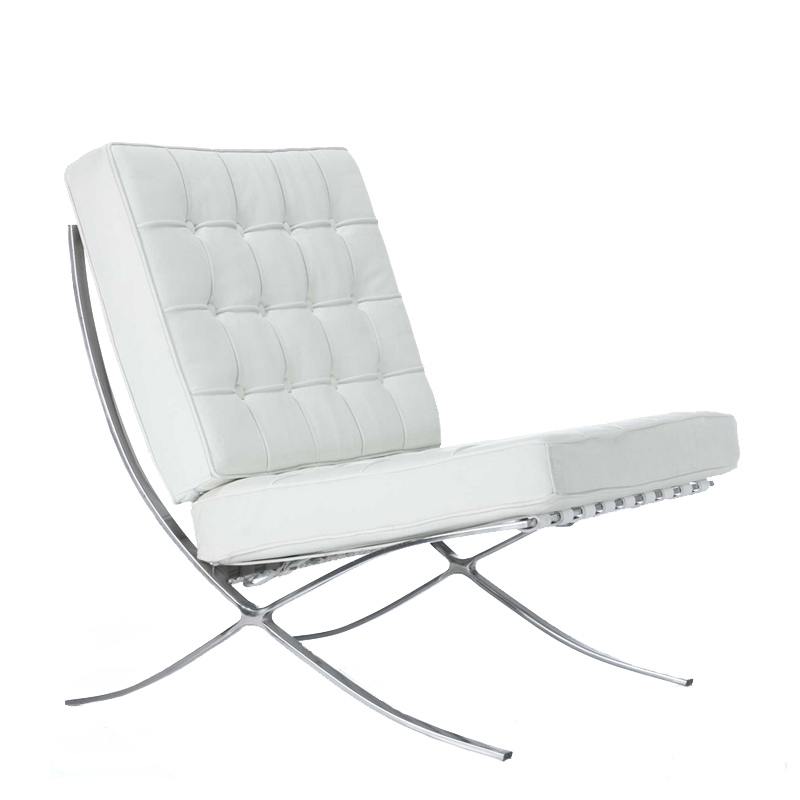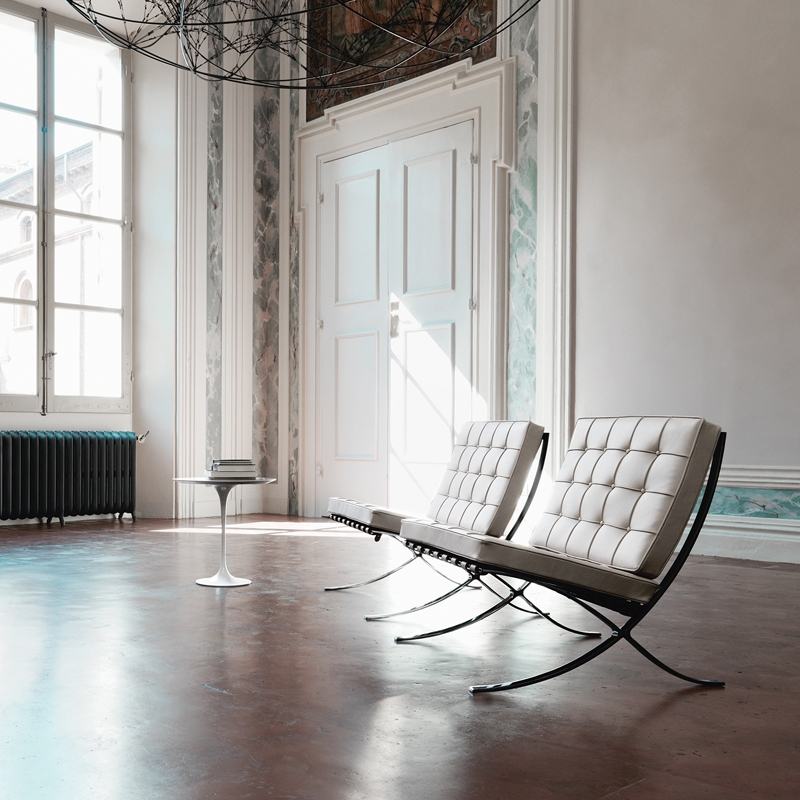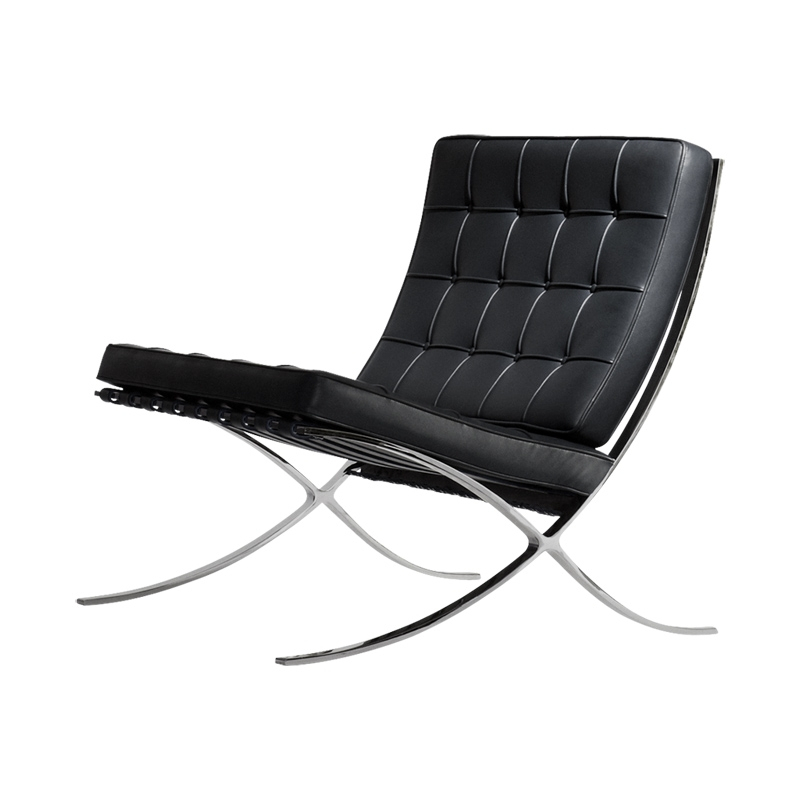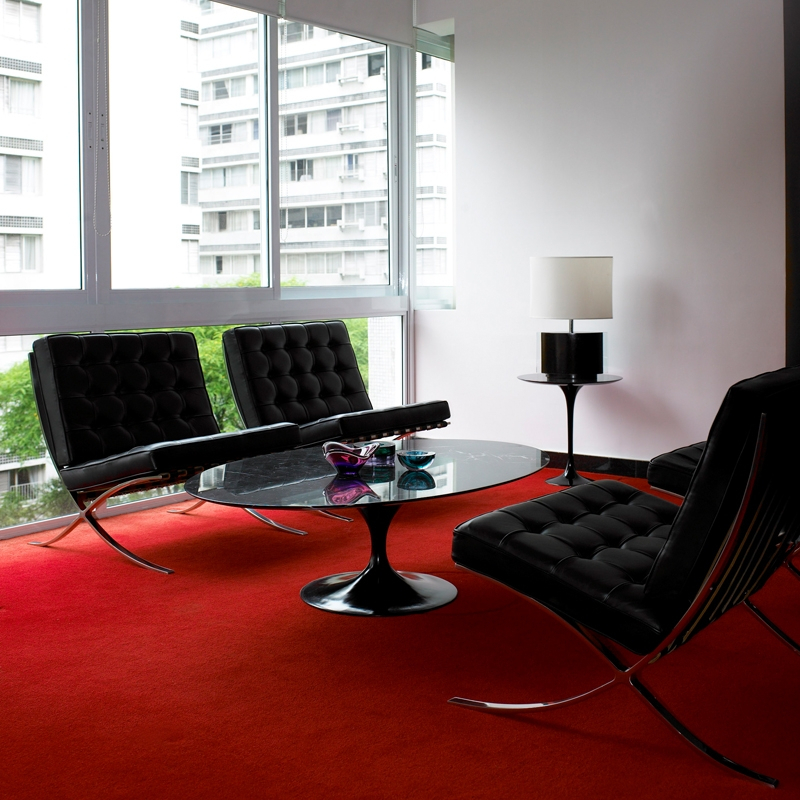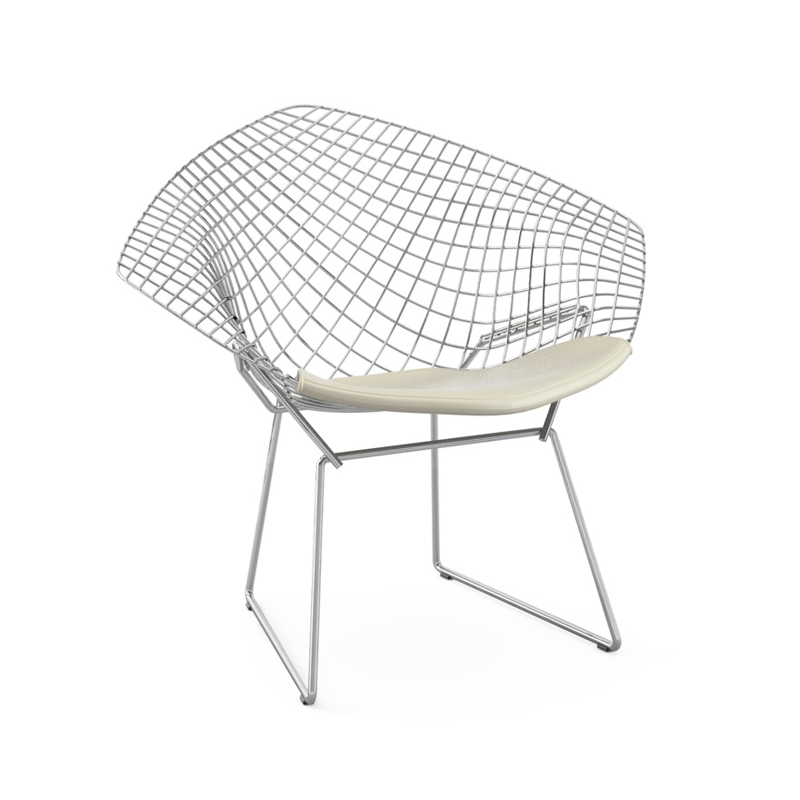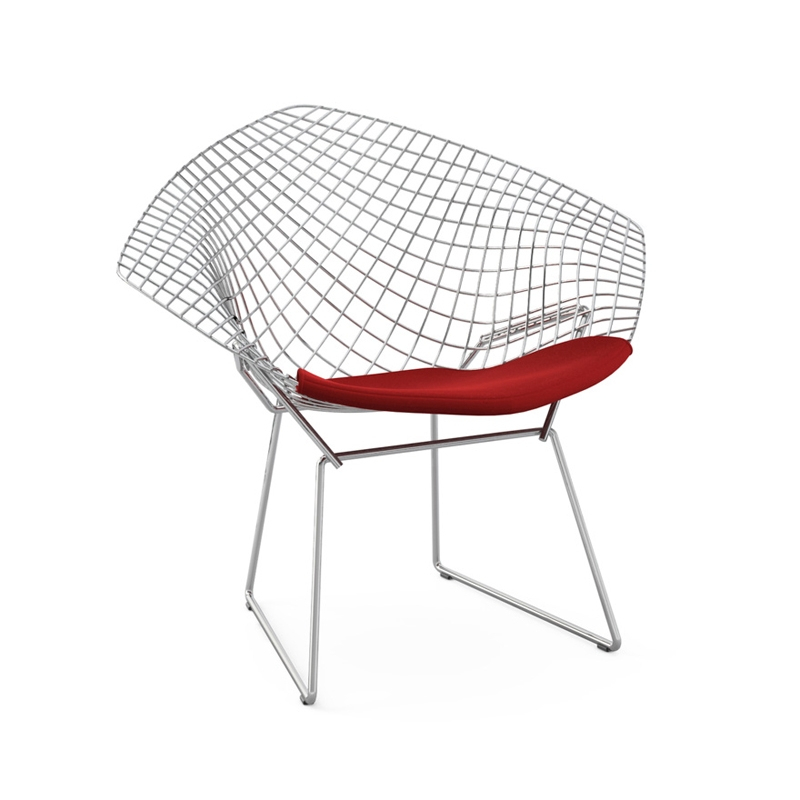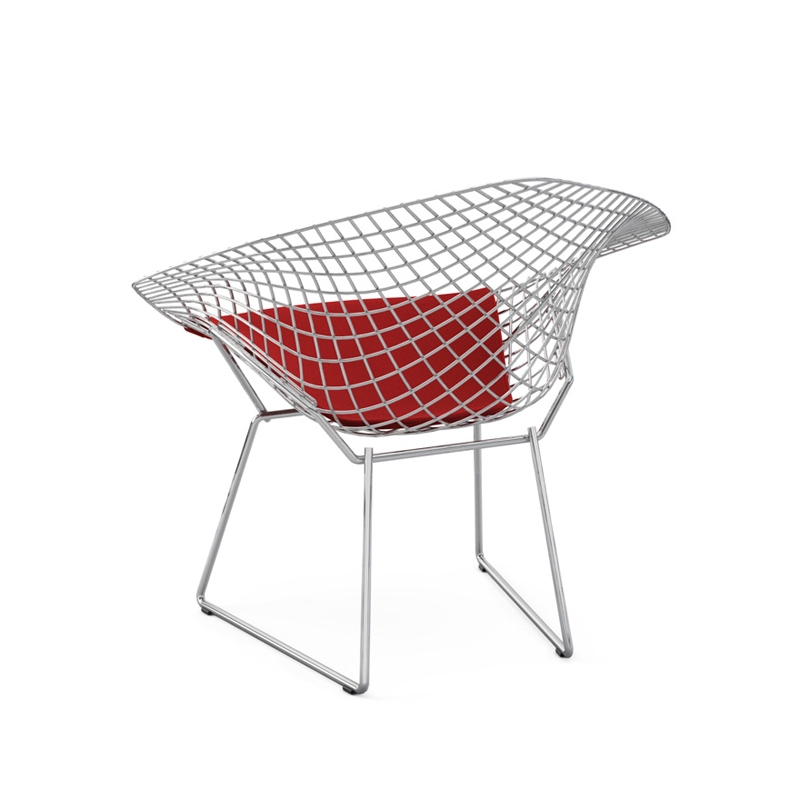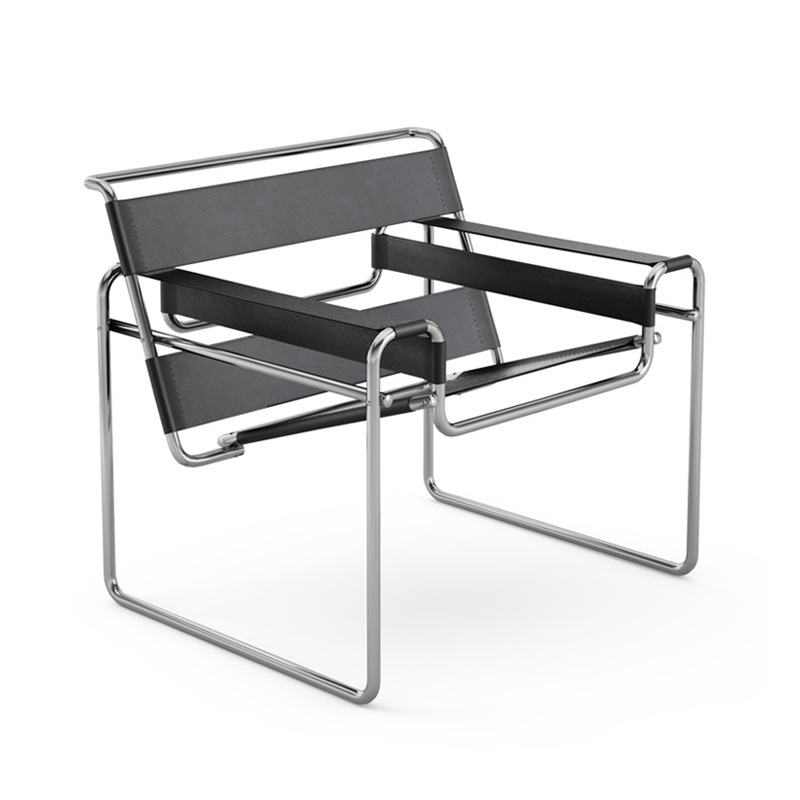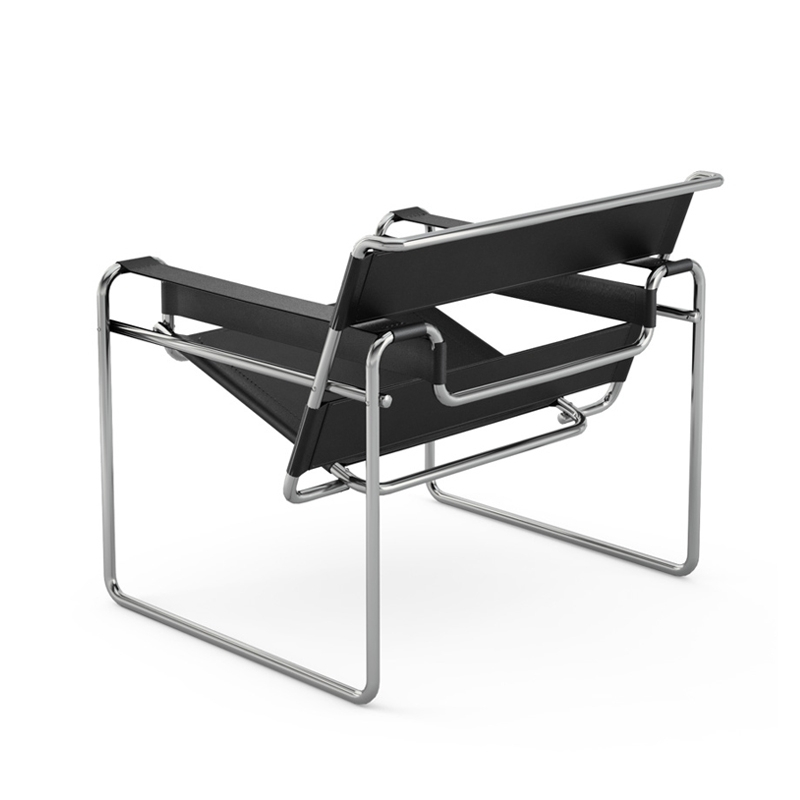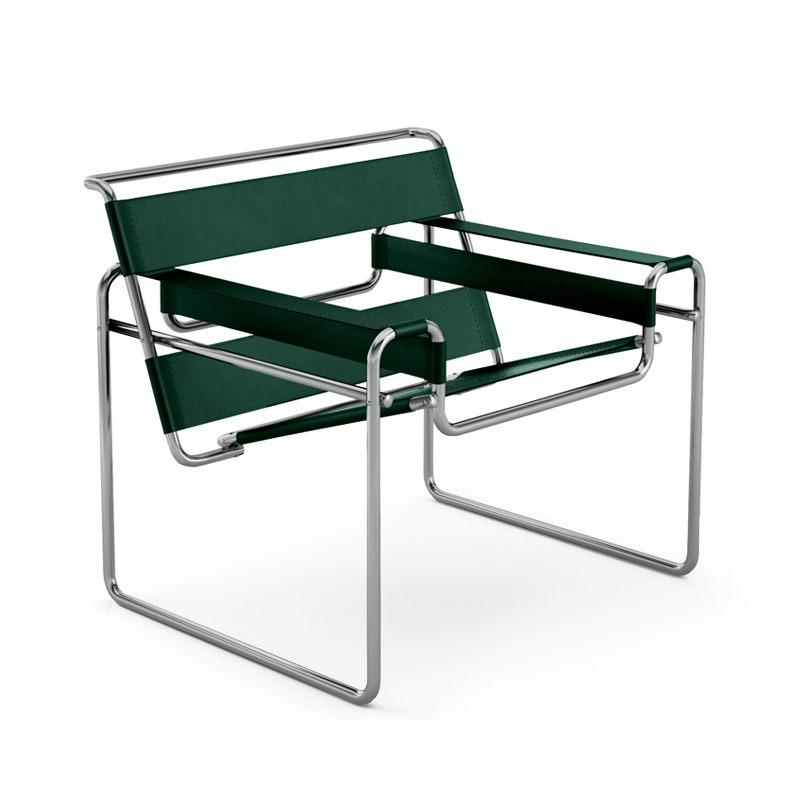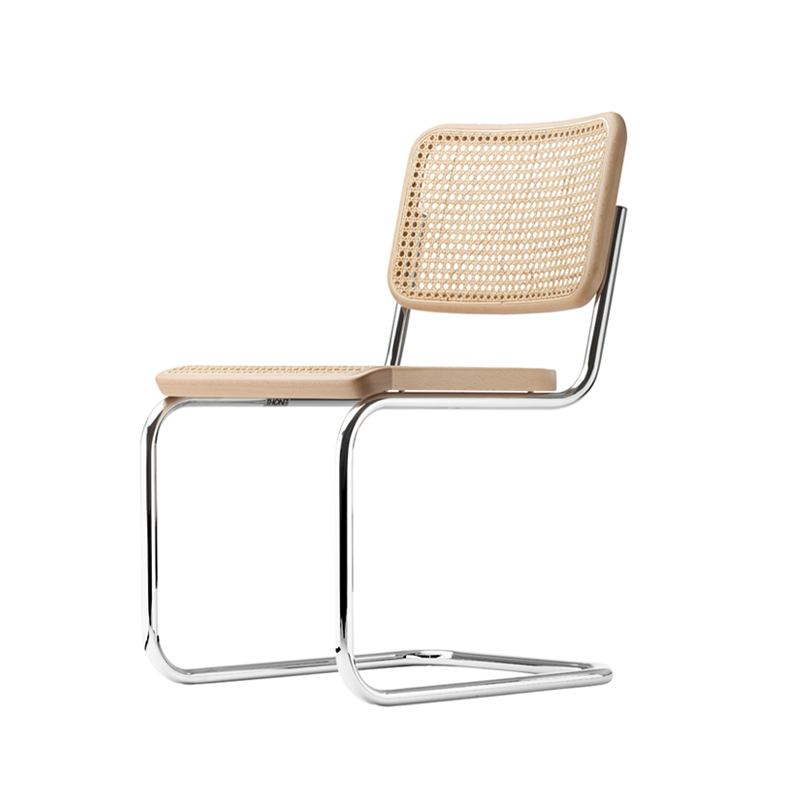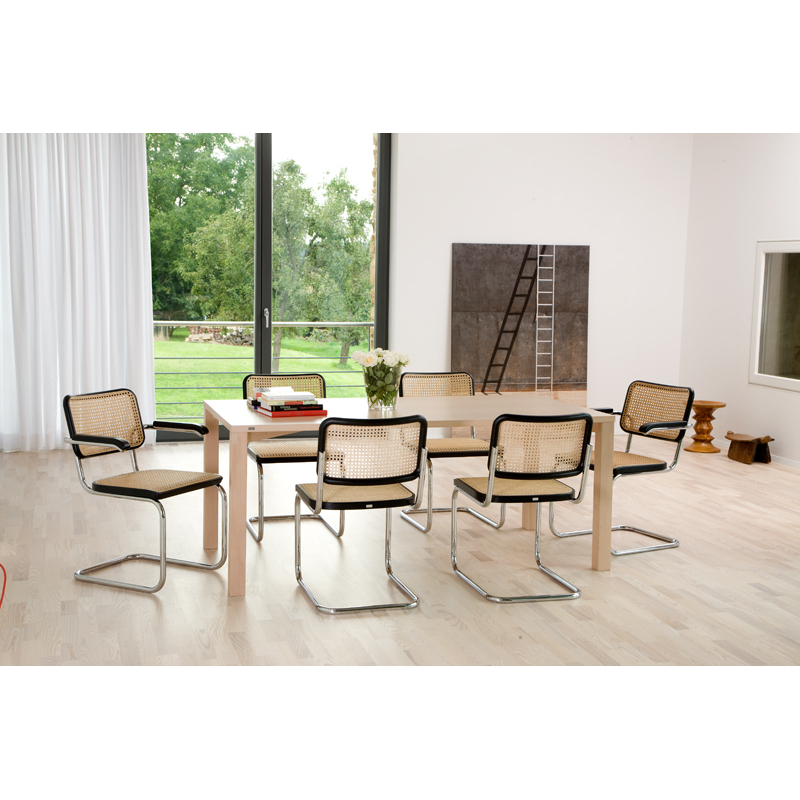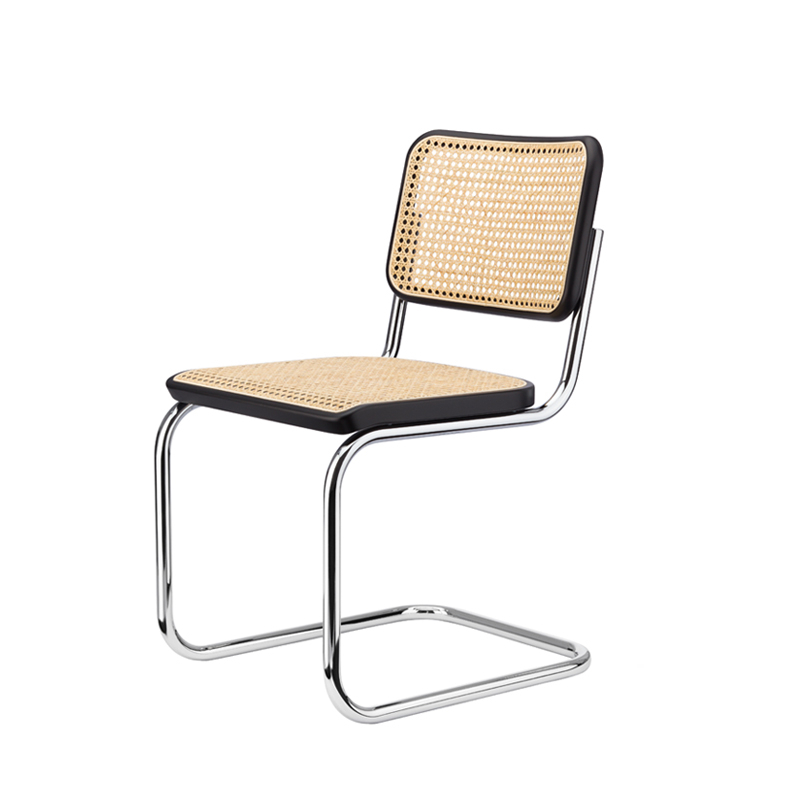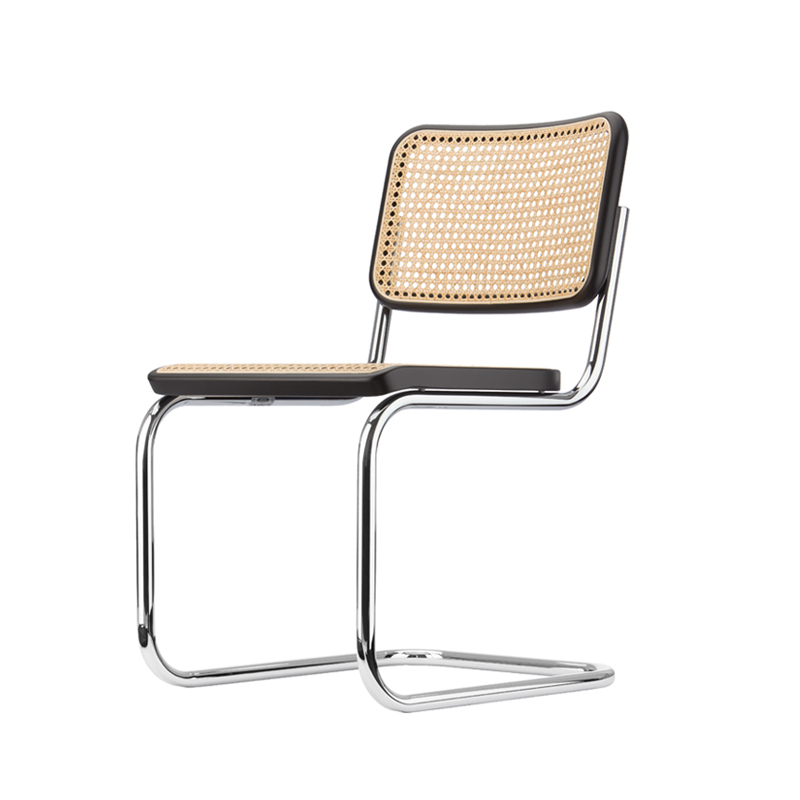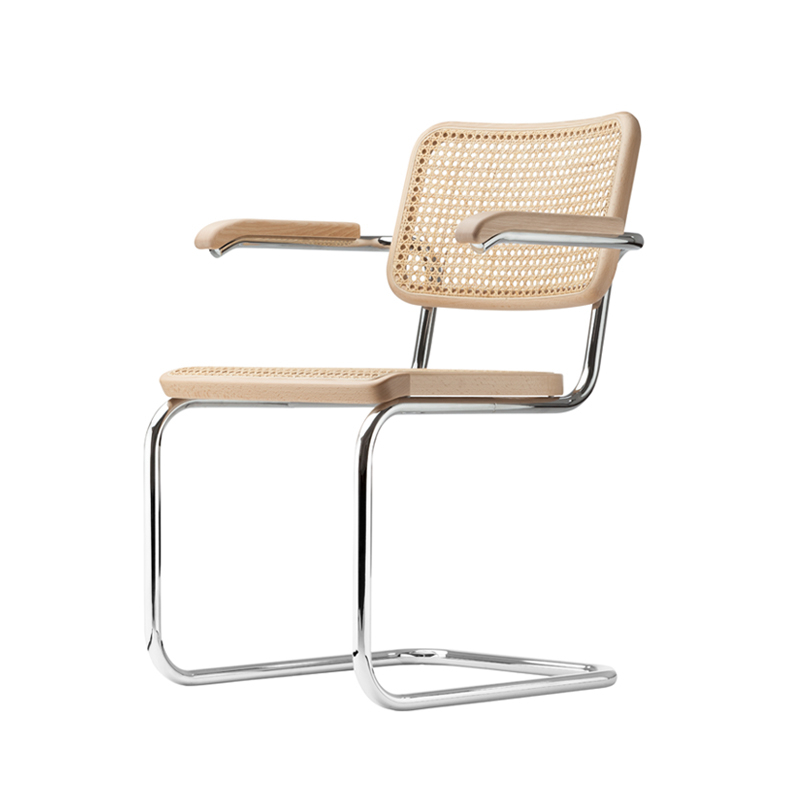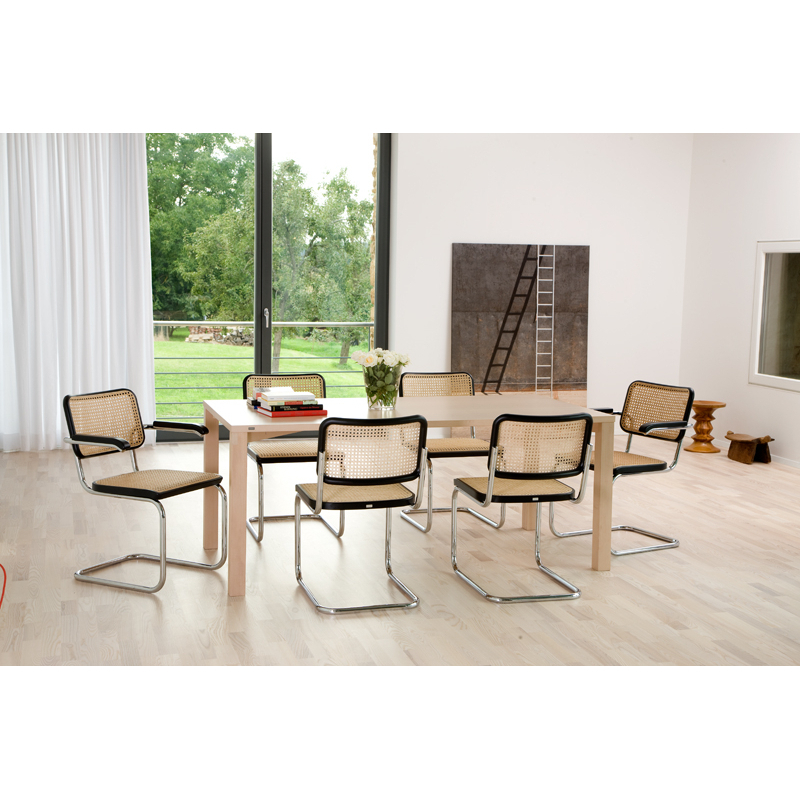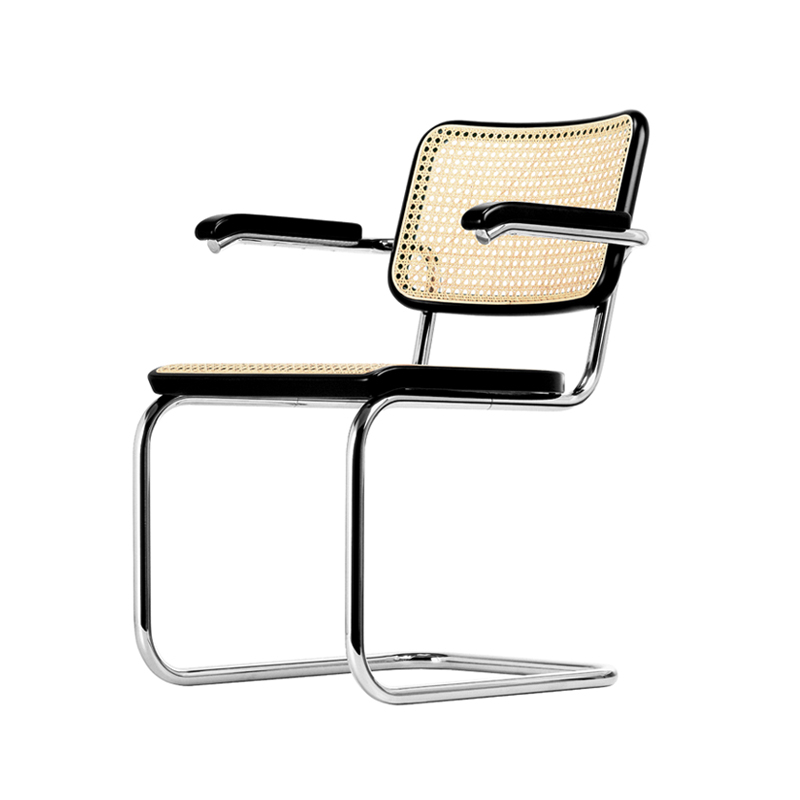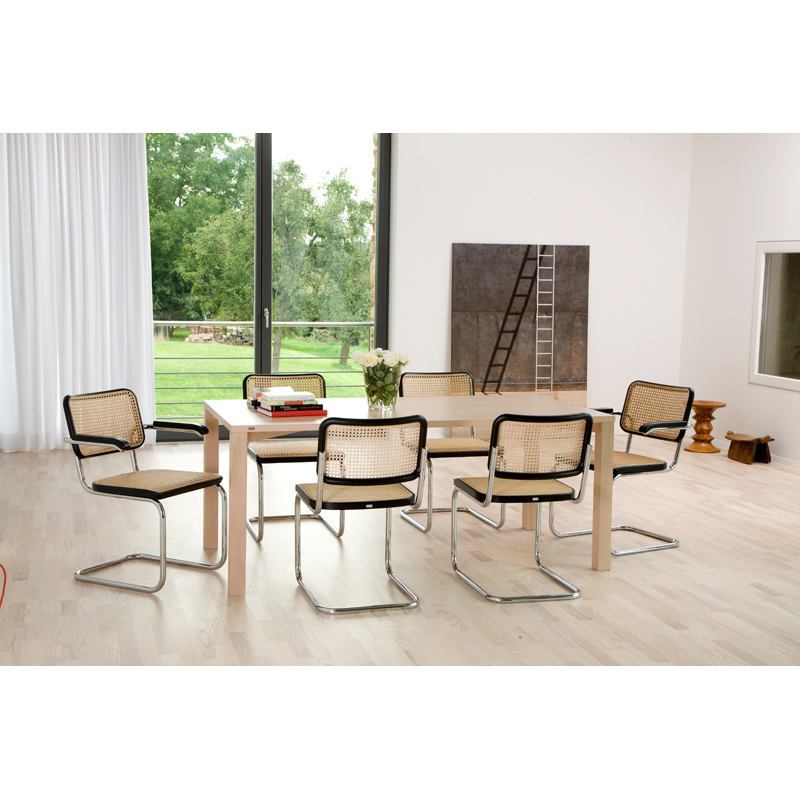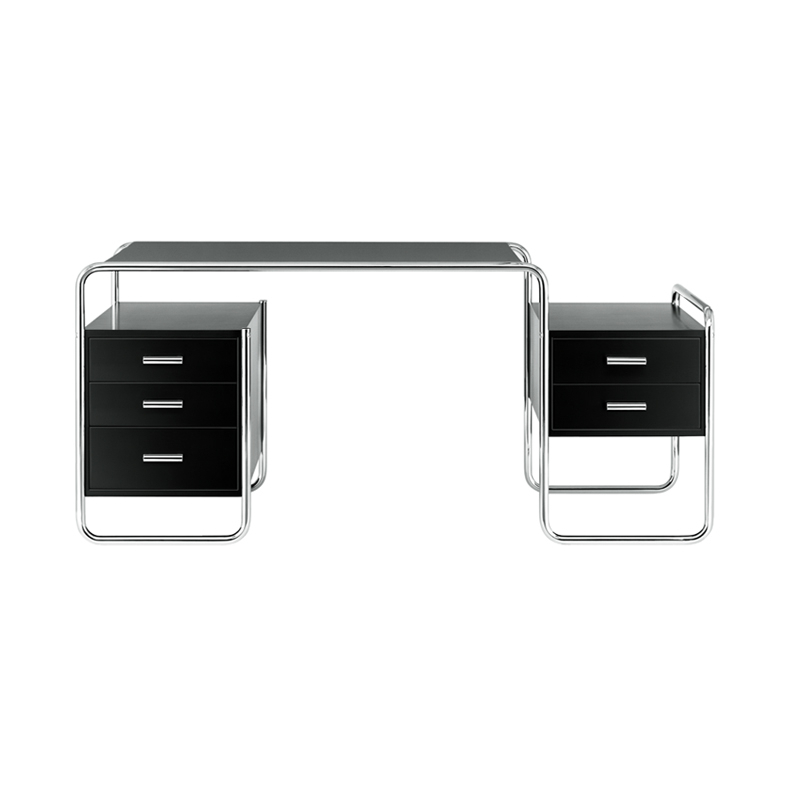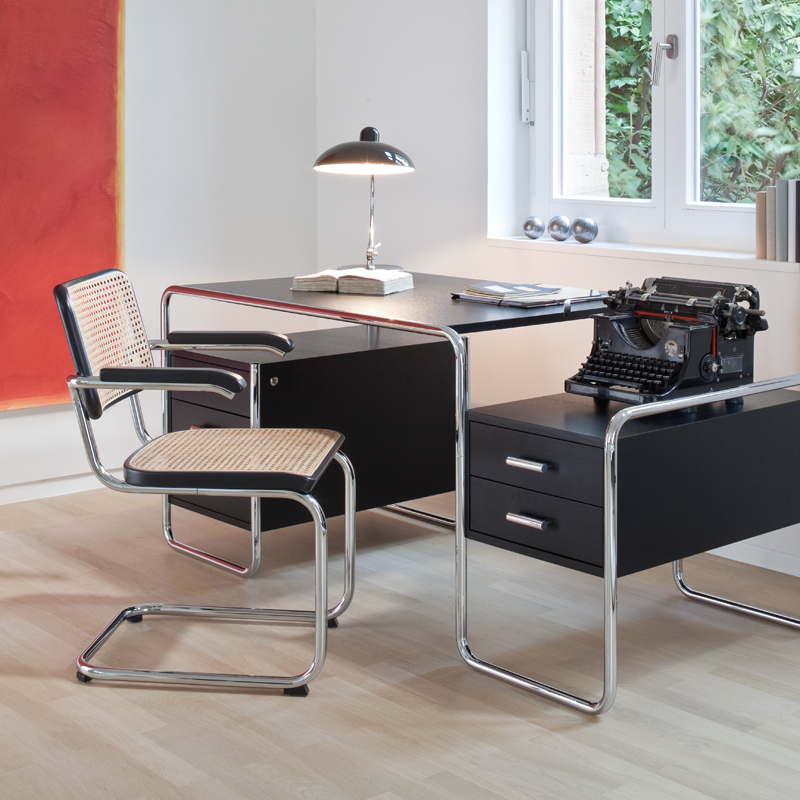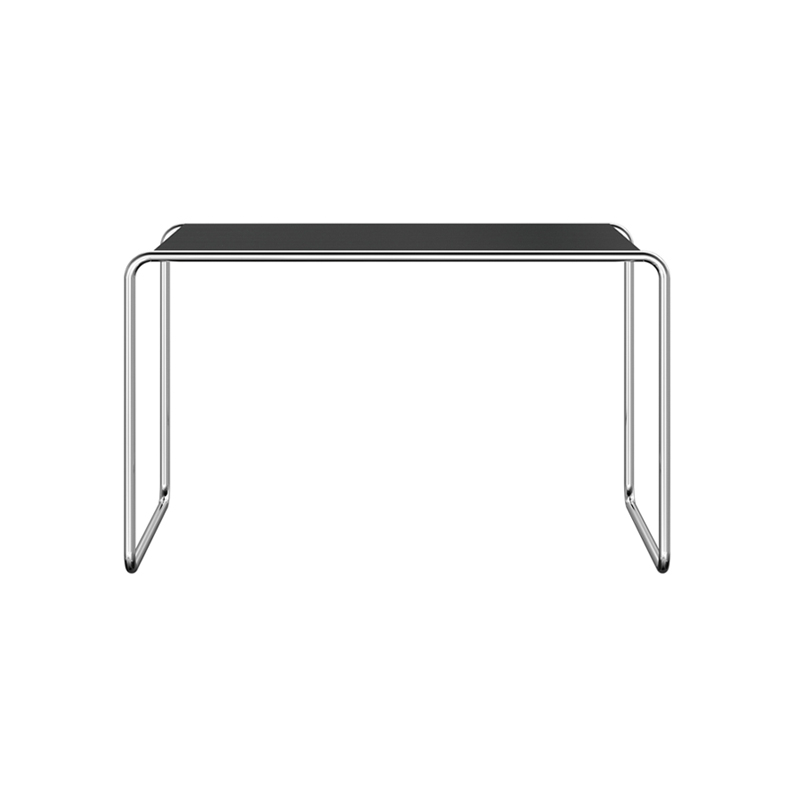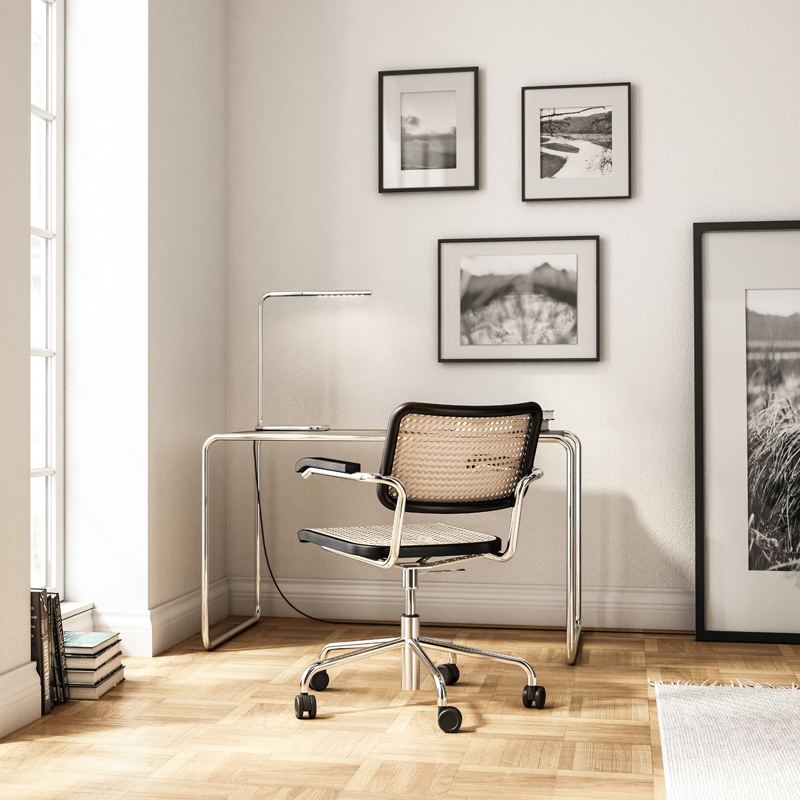- wishlist
-
Cart
Your cart is empty.
menu overlay
menu overlay
Already a customer?
New customer?
Enjoy all the benefits we offer and track your purchases in the order history.
Registermenu overlay
Reset my password
You will receive a link by email to reset your password.
Easy chair WASSILY Beige KNOLL
€2,880.00
€2,400.00 HT
or in

WASSILY Beige
WASSILY Beige
€2,880.00
€2,400.00 HT
€2,880.00
€2,400.00 HT
Description
In 1925, Marcel Breuer was an apprentice at the Bauhaus when he reduced the classic club chair to its elemental lines, forever altering the future of furniture design. He was inspired to use tubular steel after learning that the material was “bent like macaroni” to make bicycle frames. “I was very much engaged in the transparency of the form,” said Breuer, who, recognizing the potential of this lightweight, sturdy, and malleable material, knew he could create the furniture he envisioned. An early prototype intrigued his associate Wassily Kandinsky, for whom the chair is now named.
Color
Beige
Colour
beige
Material
metal
Dimensions
W 79 x D 69 x H 73 cm, seat 42 cm
Matériaux
Chrome steel tube, leather
- Home
- ▸
- Easy chair
- ▸
- WASSILY Beige
What you think of it
Delivery Terms
Delivery possible within 48 hours for in-stock products.
You will also like
By the same designer
menu overlay
Quote request
You will receive a response from us within 24/48 hours
Your contact details
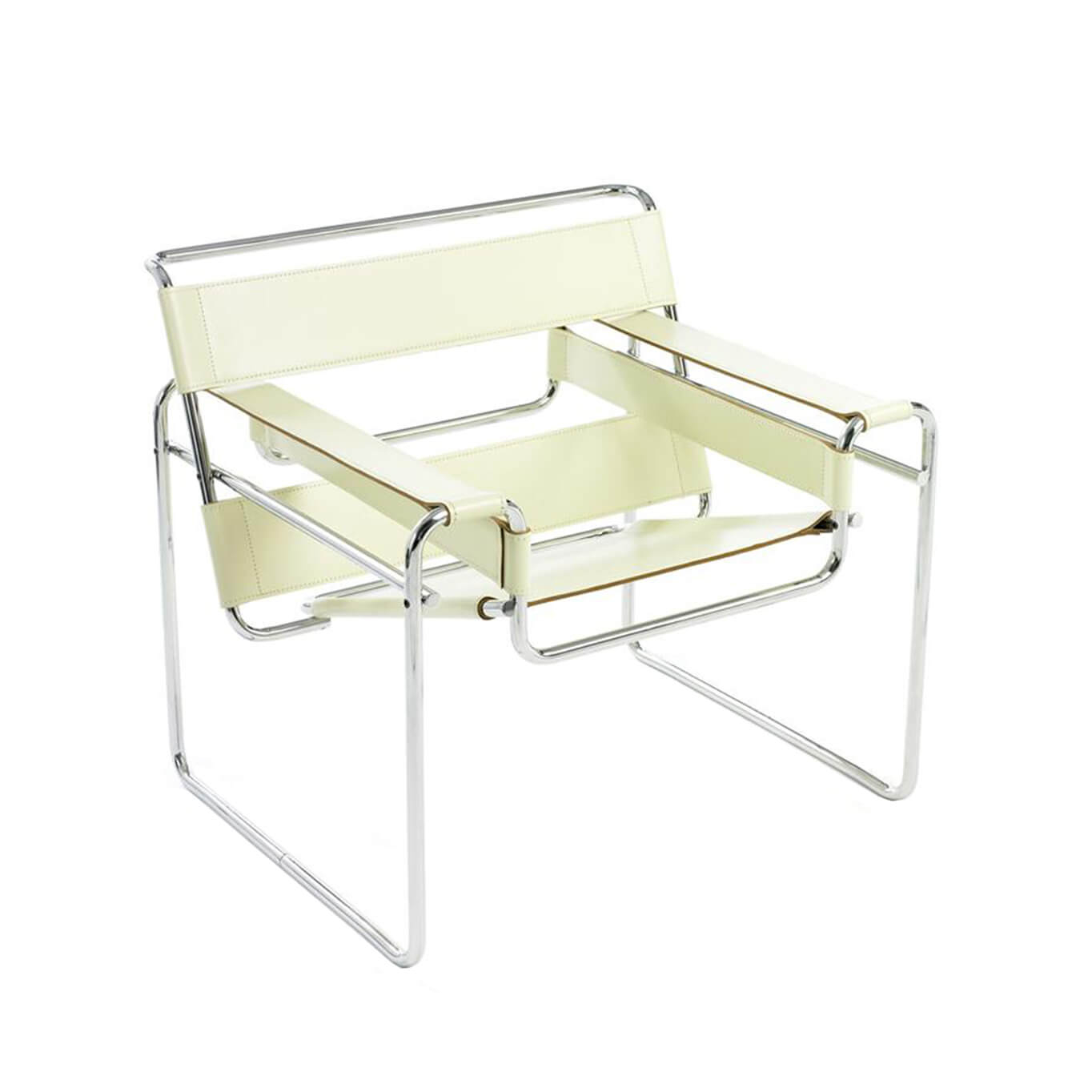
Easy chair
WASSILY Beige
KNOLL
Color :
Beige
€2,880.00 TTC
€2,880.00 HT
In stock
In stock
€2,880.00 TTC
€2,880.00 HT
Total items :
€2,880.00
Taxes
0 €
Total (VAT incl.)
€2,880.00


